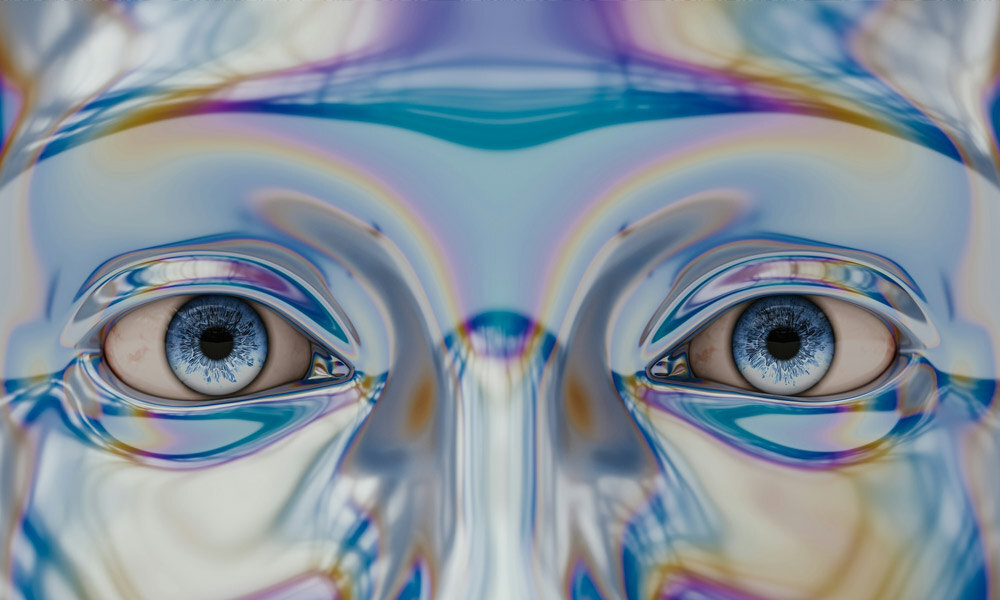AI in UX/UI Design: A Revolution in Creativity and Effectiveness

The integration of artificial intelligence (AI) into UX/UI design is not just another technological upgrade—it represents a groundbreaking shift. For professionals navigating the delicate balance between technology and design, AI marks a transformative milestone in crafting user-centric solutions.
Redefining the Design Process with AI
Traditionally, UX/UI design has relied heavily on human intuition, creativity, and manual processes. Today, the field is being revolutionized by data-driven methodologies. Designers can analyze user behaviors, anticipate needs, and leverage insights to create deeply personalized experiences. For instance, machine learning uncovers usage patterns, offering intuitive interface suggestions tailored to individual users.
Rather than replacing creativity, AI amplifies it. By automating routine tasks and providing actionable insights, designers are free to focus on innovation and storytelling.
Scaling Personalization
Personalized design is no longer a luxury—it’s an expectation. With AI, interfaces adapt in real-time to user behaviors and preferences. Industry leaders like Netflix and Spotify have set benchmarks by using AI-driven personalization to enhance engagement and loyalty.
AI’s scalability ensures products resonate with diverse audiences while supporting inclusive design. By accommodating accessibility requirements—an increasingly important consideration—AI helps make design more inclusive and impactful.
Accelerating Design Speed
AI significantly accelerates the design process. Tasks such as prototyping, A/B testing, and user feedback analysis can now be automated, enabling faster iterations and the exploration of more ideas. Designers can bring concepts to life with unprecedented speed and efficiency.
Some AI tools even generate multiple design variations or translate designs into functional code, bridging the gap between design and development. This ensures that creative visions are fully realized during implementation.
Addressing Ethical Considerations
With great power comes great responsibility, and AI in design is no exception. Ethical concerns such as algorithmic bias, data privacy, and transparency must be integral to AI-powered workflows. Designers have a crucial role in addressing these challenges, fostering user trust and ensuring equitable experiences.
Transparency is equally critical. Users should understand how their data is used and how AI-driven features operate. As professionals, we have an obligation to create systems that are not only effective but also fair and respectful of user rights.
Looking Ahead
The future of design lies at the intersection of human creativity and technological innovation. AI technologies such as natural language processing, augmented reality, and real-time personalization hold immense potential for groundbreaking advancements. Yet, the human element remains irreplaceable. Empathy, creativity, and a deep understanding of user needs will always form the foundation of exceptional design.
As AI continues to evolve, so must designers. Staying informed, embracing new tools, and upholding ethical standards are essential. The goal is not merely to follow trends but to lead the way in crafting meaningful, inclusive, and impactful designs.
The transformative synergy between AI and human creativity will define the next era of UX/UI design.


